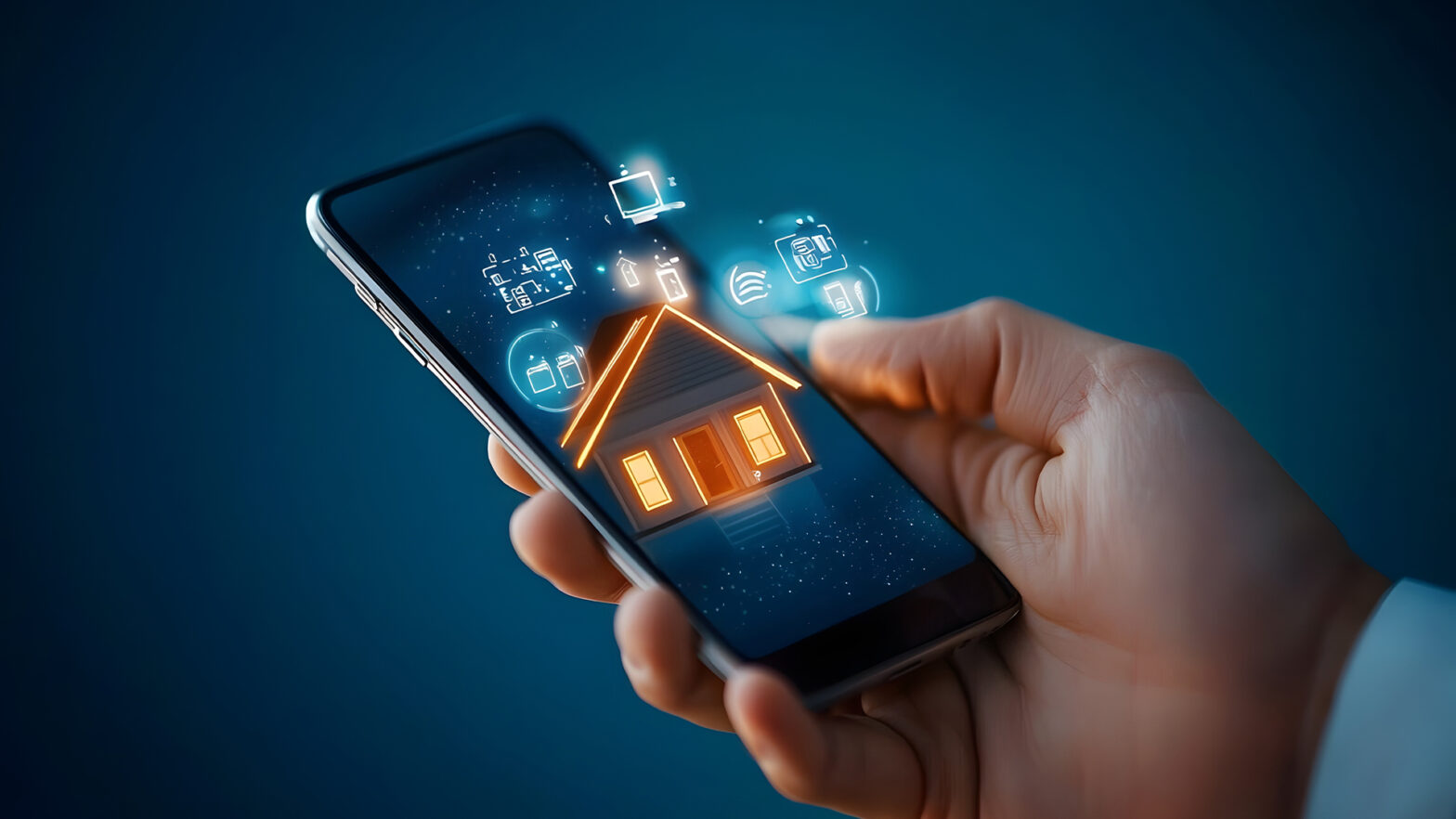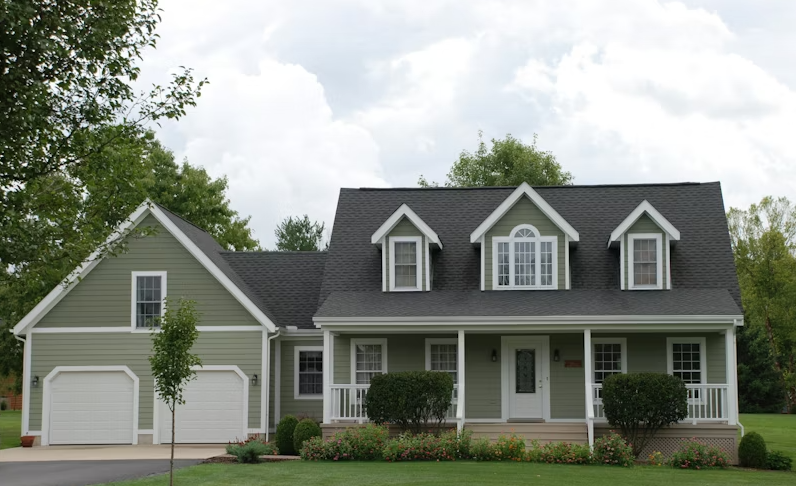
The demand for smart building design is growing, and you’re in the perfect position to take advantage of it. With rising energy costs and a global push for sustainability, everyone from construction professionals to business owners is looking for greener solutions. Embracing smart technology in your projects can create eco-friendly, cost-effective and user-friendly spaces.
From energy management systems to IoT-driven controls, smart tech empowers you to cut energy costs, optimise maintenance and improve your building’s overall efficiency. Investing in these tools today will pay off in the long term by boosting resource efficiency, reducing your carbon footprint and increasing property value.
The Role of Smart Technology in Green Buildings
Smart technology is the powerhouse for creating efficient, eco-friendly spaces in green buildings. It includes tools like the IoT, AI and automation that help you monitor and control everything from lighting to HVAC systems, all in real time. Integrating these tools creates a structure that conserves resources and adapts to its environment, aligning perfectly with sustainable design principles.
It’s not just a trend — construction value chains account for 40% of global carbon emissions, so the shift toward eco-friendly architecture is crucial. Smart building design sets a new standard by allowing you to build green spaces. They use intelligent systems to reduce emissions, lower operational costs and support a cleaner, more sustainable future.
Technologies Driving Sustainability Smart Building Design
Smart technology makes it easier to conserve sources and reduce environmental impact. These innovations help you optimise every aspect of a building’s performance for a greener future.
Energy Management Systems
An EMS is essential for optimising energy use by continuously monitoring consumption patterns and identifying inefficiencies. Real-time data collection can detect areas of excess usage, enabling you to adjust systems proactively and reduce waste.
They also provide actionable insights that can alert you to potential issues — like faulty wiring or overloaded circuits — which is crucial considering that electrical problems cause over 67,800 house fires annually. With EMS in place, you lower your energy bills and enhance safety by avoiding potential hazards.
Smart HVAC and Lighting Systems
With intelligent lighting and climate control, your project achieves the perfect balance of comfort and energy savings. Smart building design uses sensors to detect occupancy and adjust lighting or temperature accordingly, so power is not wasted on empty rooms or overlit spaces.
For example, lights dim when sunlight fills the room or the temperature adjusts based on how many people are present — all without you lifting a finger. This approach cuts down on waste and creates a comfortable, welcoming environment where lighting and climate are always just right.
IoT Sensors for Monitoring and Maintenance
Smart sensors help you maintain a healthier indoor environment by monitoring air quality, detecting leaks early to catch potential water waste and tracking structural health to ensure your building’s stability.
It’s a proactive way to conserve resources, prevent costly repairs and create a safer, greener space for everyone. With over 43% of households already using smart devices by 2022, adding these high-tech tools to your commercial spaces makes sense for staying up to date and sustainable.
Benefits of Smart Building Design for Sustainability
Smart technology enables you to make a real dent in your energy bills and maintenance expenses. Automated lighting, HVAC and water management systems ensure you’re not using power or resources when they’re not needed. These networks make real-time adjustments based on occupancy and weather, keeping everything as efficient as possible. This results in lower utility costs because automation allows precise changes to energy use and helps you reduce waste and save more monthly.
Beyond energy savings, smart tech optimises water and resource usage, which is great for the environment and your bottom line. Cutting down on unnecessary consumption lowers your carbon footprint and conserves valuable resources. This proactive approach boosts efficiency and contributes to your long-term sustainability goals, which makes your building greener and more cost-effective.
Considerations for Construction Professionals and Business Owners
Investing in smart technology for green building design can deliver a solid ROI over time because these tools reduce operational costs, conserve energy and add long-term value. High upfront expenses and challenges with inter-software interoperability can slow the adoption of technologies like building information modelling (BIM), which remains less popular in some projects.
However, the ROI becomes more compelling when considering the efficiency gains, energy savings and improved performance. For this reason, choosing compatible technologies that integrate seamlessly is essential because they enable your structure’s smart system to work together without compatibility issues.
Additionally, compliance with recognised sustainability standards like LEED enhances the value of your building by meeting environmental and health benchmarks. These certifications signal that your project meets rigorous criteria for energy efficiency, health and wellness, contributing to higher property values and tenant appeal. When carefully planned, smart tech investments align with these standards and create sustainable spaces, delivering immediate and long-term benefits.
Building for Tomorrow With Smart, Sustainable Solutions
Investing in smart, sustainable solutions today can future-proof your building, making it more efficient, resilient and valuable over time. Implementing these technologies enhances your project’s performance and creates a greener, more sustainable future.


























